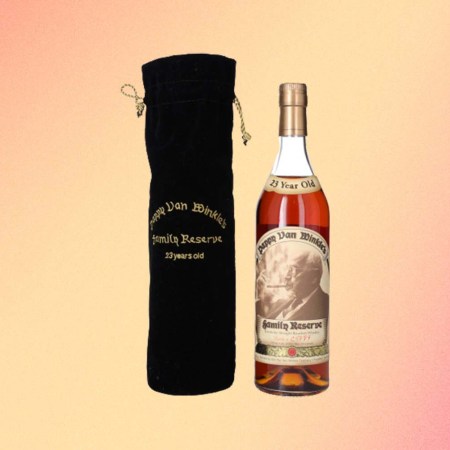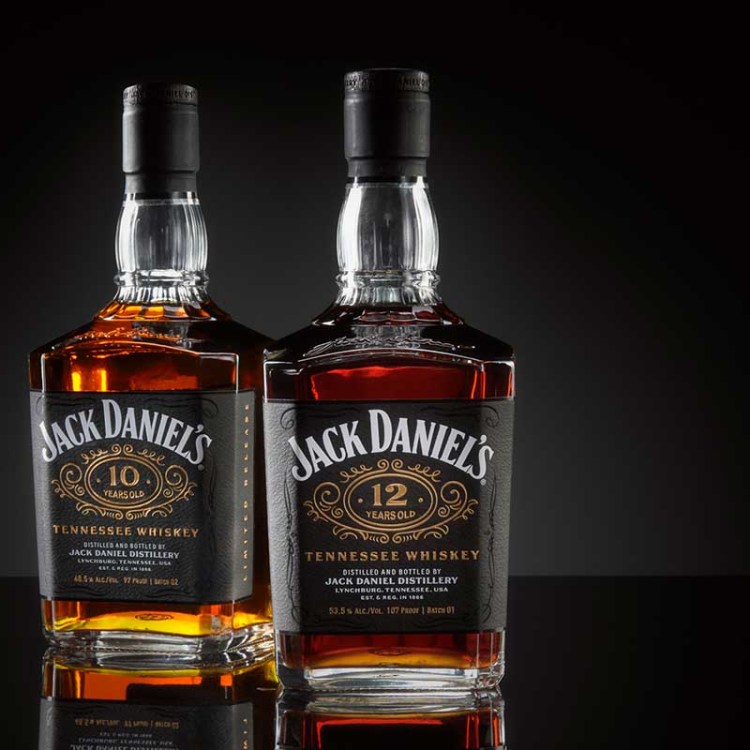Inflation and potential recession be damned, whisk(e)y continues to thrive in the auction market. A new report by Noble & Co suggests the demand for fine and rare single malt Scotch is robust.
In its inaugural Whisky Intelligence market report, the Scottish financial advisory firm notes that fine and rare single malt has risen by 23% in volume and 21% in value in the 2022 auction market.
The fun is in the details. Campbeltown was once a thriving whisky-producing area at the bottom of the Kintyre peninsula in Scotland. Today, it only has three distilleries and is the country’s third smallest single malt whisky-producing region…but on the auction market, bottles from the area saw a volume increase of 82%. Meanwhile, Islay, Speyside and Lowland did well, but the market has “less appetite for Highland whisky.”
Some other findings:
- Younger collectors are driving market growth, with an emphasis on buying (or flipping) bottles in the £100-£1,000 range.
- If you’re looking for brands to watch in the secondary market, Daftmill, GlenAllachie, Springbank, Balvenie and Arran are “rapidly becoming cult classics.”
- With a 60% market share of the top 10 brands by value traded, The Macallan is the clear leader of the secondary market, although not every expression is met with the same enthusiasm — prices are declining for the 12-year-old and the 18-year-old expressions, although Sherry Oak, Double Cask, Triple Cask and Gran Reserva bottles are rising strongly. There are also signs that secondary market buyers prefer limited-release collections over age statements. Still, the distillery’s average price per bottle is more than double the other major brands in the auction market.
“The secondary market for fine and rare whisky has remained exceptionally strong,” says Duncan McFadzean, head of Food & Drink at Noble & Co. “With impressive value growth in the last three years, it is hard to argue against the financial returns of a rare whisky at the moment. However, economic headwinds are increasing, and we will be watching to see if a tighter fiscal environment leads to a slowdown in collectibles as it has for many financial assets.”
Interestingly, while the report remains skittish about trends like NFTs, it does suggest a potential use for the non-fungible tokens: as part of a “fractionalization” plan, where multi-million-dollar casks could be associated with NFTs and then fractionalized into smaller NFTs for smaller ownership shares.
Thanks for reading InsideHook. Sign up for our daily newsletter and be in the know.

















